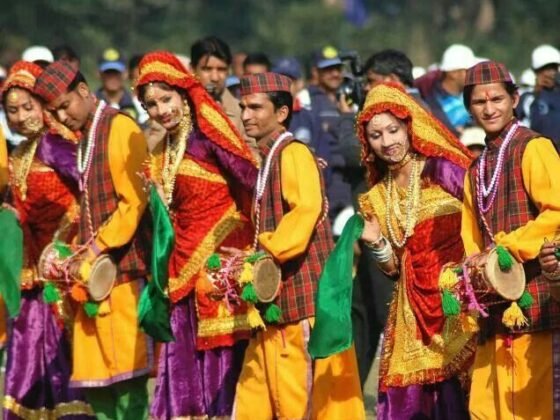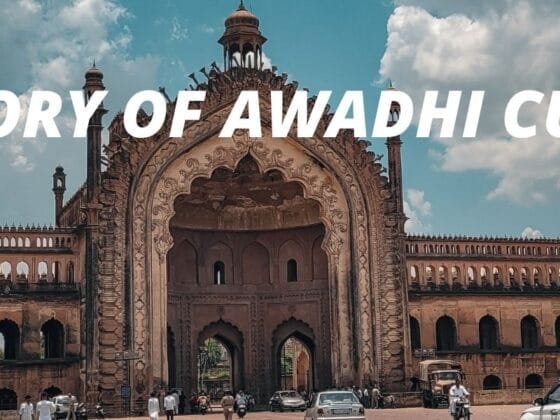The Spiritual Trails of India: From Varanasi to Bodh Gaya spiritual tour
Introduction
India’s soul lies not in its skyscrapers or highways, but in its sacred rivers, chants echoing from ancient ghats, and the timeless wisdom flowing through its temples. Two of the most powerful spiritual destinations — Varanasi to Bodh Gaya spiritual journey — offer seekers from across the world a chance to pause, reflect, and reconnect. This spiritual trail, rooted in centuries of devotion, enlightenment, and awakening, is a journey into the essence of India itself.
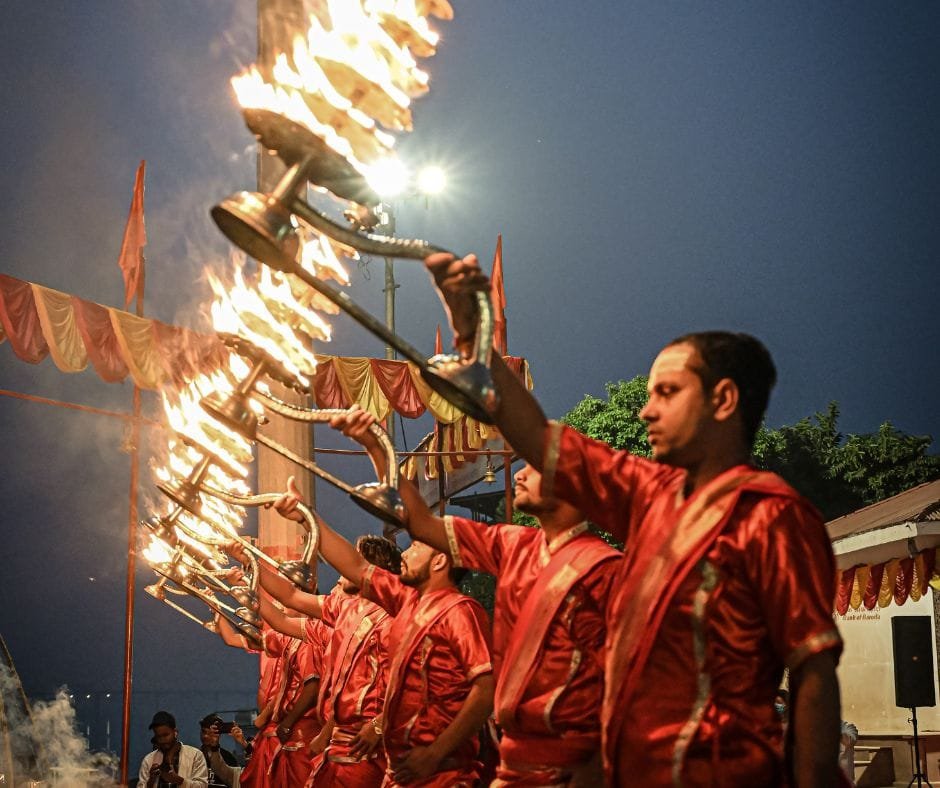
1. Varanasi – The City Where Time Stands Still
Experiences to Explore:
- Morning Boat Ride on the Ganges: Witness sunrise over the ghats, saints meditating, and the city slowly awakening.
- Kashi Vishwanath Temple: One of the 12 Jyotirlingas, dedicated to Lord Shiva.
- Ganga Aarti at Dashashwamedh Ghat: A soul-stirring evening ritual of light, sound, and devotion.
- Manikarnika Ghat: Where death and liberation meet — a place that teaches the impermanence of life.
- Sarnath: Where Buddha delivered his first sermon, just 10 km away.
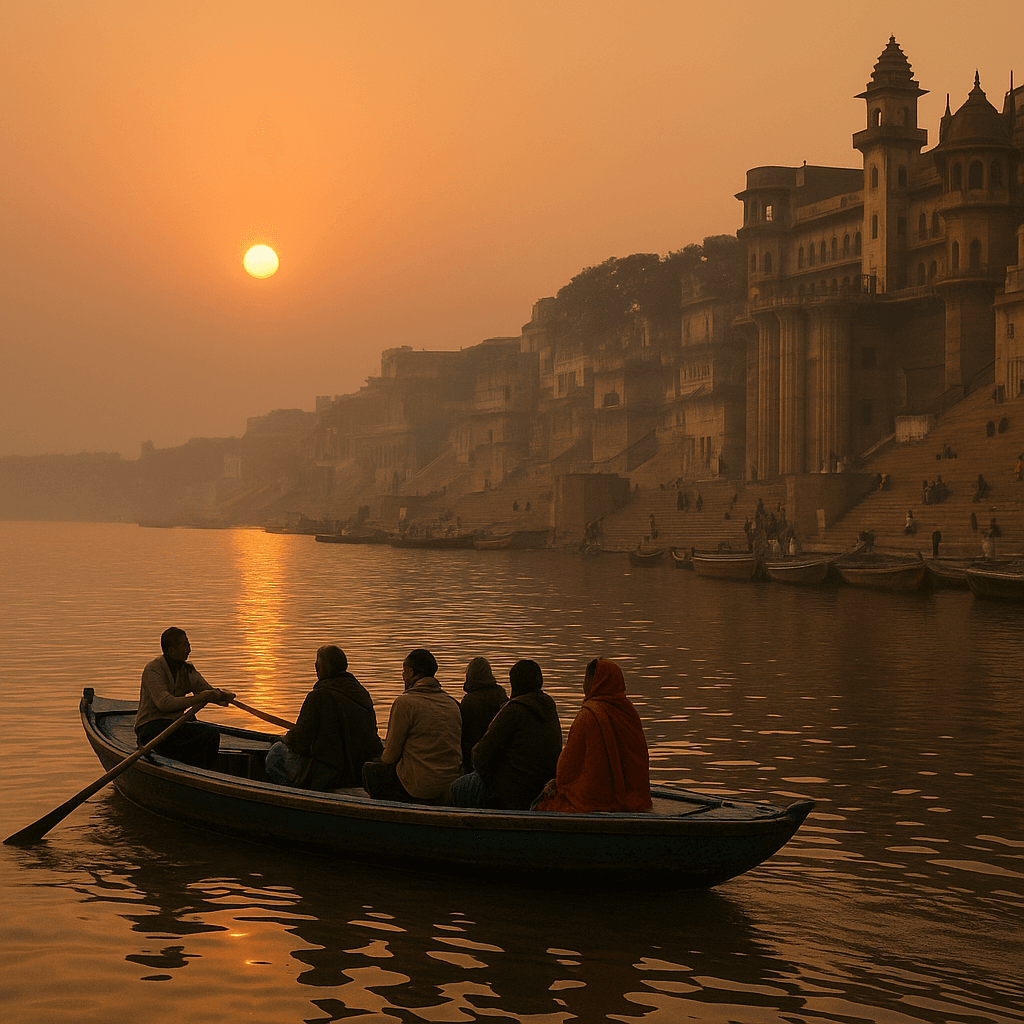



“Kashi is not a city, it’s an experience of life, death, and beyond.”
2. On the Road – Varanasi to Bodh Gaya
Distance: ~250 km
Best Mode: Private taxi or shared cab (~5–6 hours), or overnight train
The Journey: Through the rustic landscapes of Uttar Pradesh and Bihar, this road is lined with rural life, small temples, sugarcane fields, and timeless scenes that remind you — spirituality here isn’t an event, it’s a way of life.
Pit Stop Suggestions:
- Jaunpur: Historical town with Islamic and Hindu architectural marvels.
- Sasaram: Home to Sher Shah Suri’s grand tomb and peaceful surroundings.
3. Bodh Gaya – The Land of Enlightenment
Spiritual Significance: The very spot where Prince Siddhartha attained enlightenment under the Bodhi Tree and became Gautama Buddha.
Must-Visit Places:
- Mahabodhi Temple: A UNESCO World Heritage Site and spiritual nucleus of Bodh Gaya.
- Bodhi Tree: The descendant of the tree under which Buddha meditated.
- Muchalinda Lake: Where Buddha is believed to have been protected by the serpent king during a storm.
- Great Buddha Statue: 80-feet tall, radiating serenity and peace.
- International Monasteries: Tibetan, Thai, Japanese, and Bhutanese monasteries each offering a unique flavor of Buddhist practice.
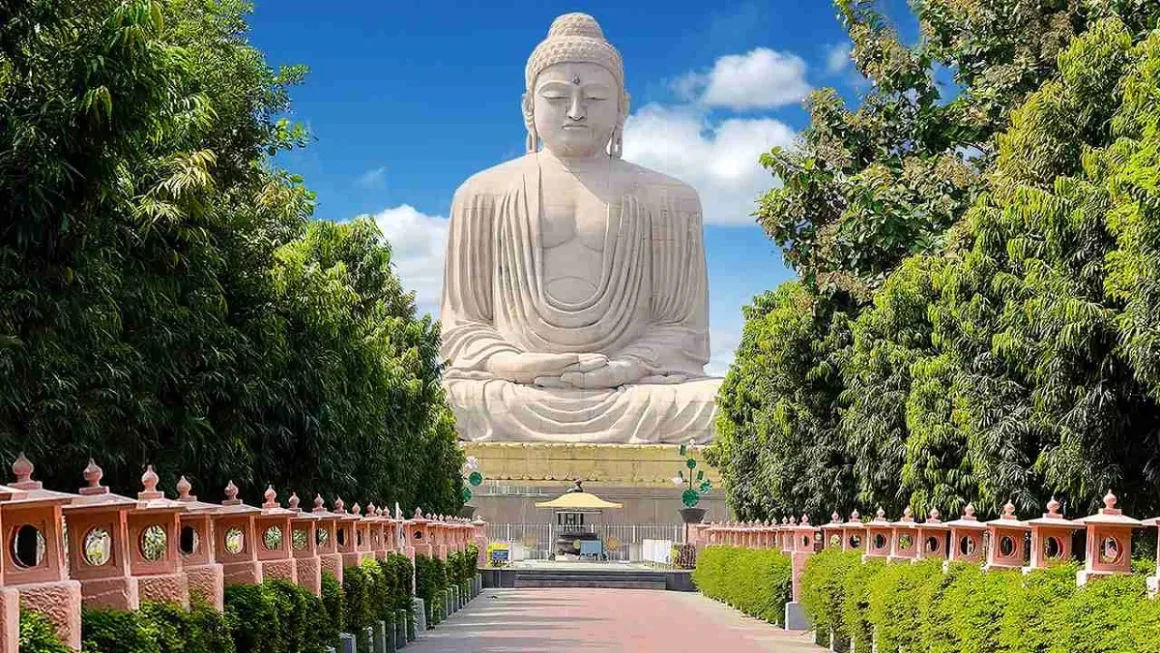



What to Do Here:
- Meditate in the Mahabodhi complex.
- Participate in chanting sessions with monks.
- Practice silent walking around the temple.
- Attend Dharma talks or Vipassana retreats.
“Bodh Gaya isn’t just about seeing the place — it’s about stillness, silence, and spiritual rebirth.”
4. The Deeper Connection Between the Two
- From Fire to Silence: While Varanasi confronts the fire of mortality and liberation through Shiva’s lens, Bodh Gaya whispers the silence of the mind and the path to nirvana through the Buddha’s awakening.
- From Ritual to Realization: Varanasi is alive with ritualistic devotion; Bodh Gaya is a path of inward contemplation.
- Together, they complete a powerful spiritual circle.
5. Tips for Travellers on the Spiritual Trail
- Dress Modestly: Temples and spiritual centers require respectful attire.
- Wake Up Early: Mornings are magical and spiritually charged in both cities.
- Carry a Journal: You’ll feel things here that deserve to be written down.
- Speak Less, Observe More: Let the energy of these places guide your experience.
- Try Local Sattvic Food: Simple meals served in ashrams and dharamshalas are nourishing for body and soul.
Conclusion: A Journey Within
The journey from Varanasi to Bodh Gaya is not just a road trip — it’s a pilgrimage through the depths of Indian spirituality. One city teaches us how to let go, and the other how to awaken. Together, they form a powerful pair — of fire and wisdom, of ash and lotus.
Whether you are a devotee, a seeker, or a curious traveler, the spiritual trails of India will leave an imprint not just on your passport — but on your soul.
Ready to feel the pulse of India’s spirit? Let’s go places — where peace begins.
– Team BeyondThePunchlines

 Add to favorites
Add to favorites




